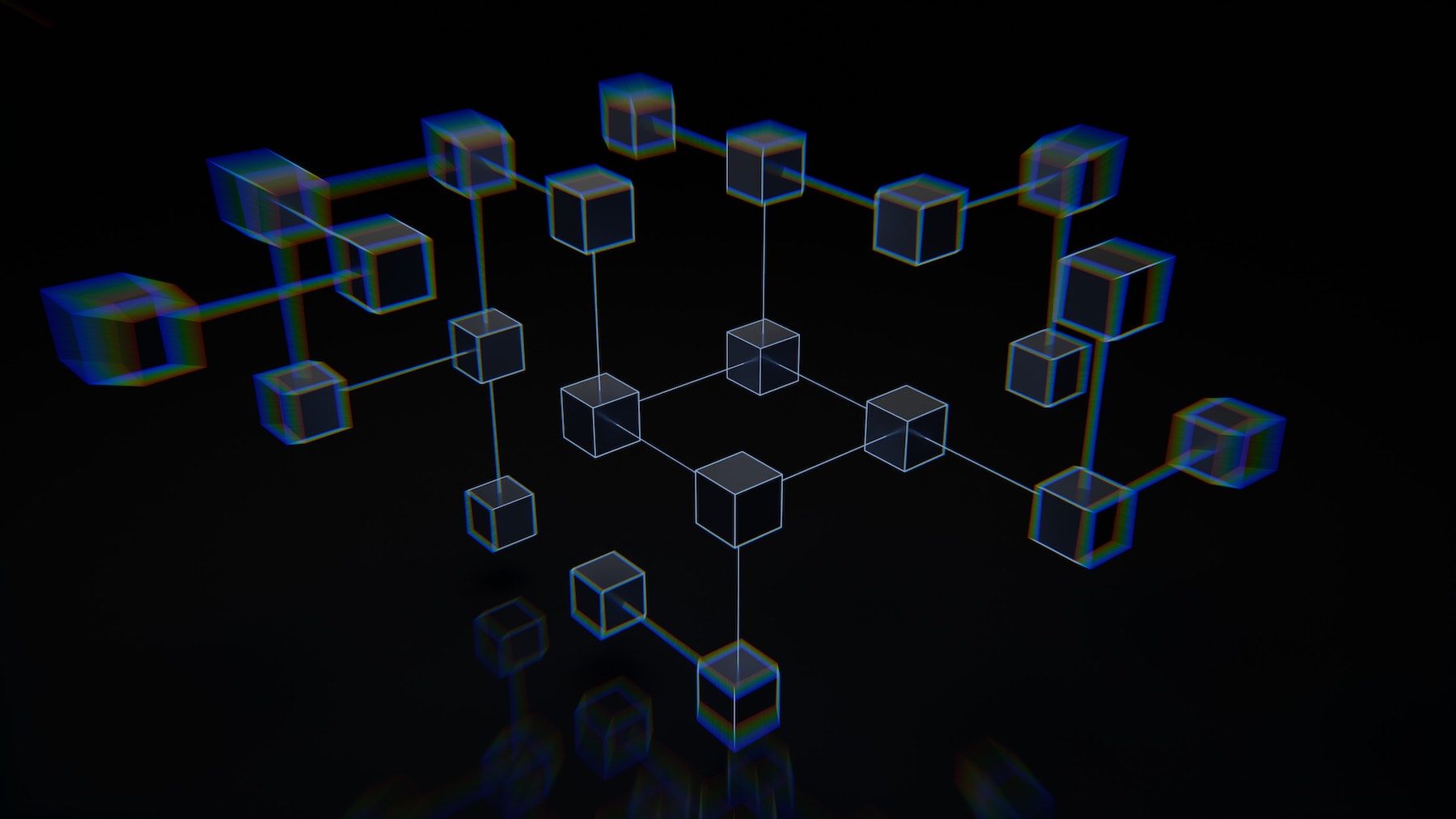The issue of regulation in the world of blockchain technology is unlikely to be resolved anytime soon. Despite extensive downturns in the cryptocurrency market throughout 2022, $3 billion in crypto assets were stolen by hackers during the year, the highest sum ever recorded for digital assets. This apparent lack of security has brought regulated and unregulated blockchains into the spotlight. So what’s the difference? And can true decentralization be achieved alongside regulation?
How a blockchain works
One of the biggest benefits of the blockchain landscape is decentralization. The revolutionary technology, which is made secure through an interconnected collection of distributed computers, means that there is no single central owner. When it comes to a blockchain, any changes must be agreed upon by a predetermined number of distributed computers, or “nodes”, to change or add to the information stored.
Although this procedure may seem complex, blockchains can mediate transactions in seconds. Also, because of how profoundly difficult it can be for a hacker to gain access to a sufficient number of globally distributed computers, it is virtually impossible for a blockchain to be compromised.
So why are thieves still stealing record volumes of crypto and blockchain assets such as NFTs? The answer is that many cybercriminals have set their sights on phishing and tricking asset holders into intentionally handing over their valuable goods fraudulently.
In March 2022, the EU called for cryptocurrency transfers to be made fully traceable to ensure that any illegal activity could be better monitored. Introduced as part of the EU’s anti-money laundering package, the move will introduce a significant amount of regulation into the blockchain ecosystem, but will fly in the face of a truly decentralized landscape.
Today we can see examples of both regulated and unregulated blockchains filling the ecosystem, where both have different benefits for users. Let’s take a deeper look at the key differences between both regulated and unregulated blockchains:
What are regulated blockchains?
Regulated blockchains are rarer to find and are generally centralized in nature. Because of this, they are commonly referred to as “private” blockchains, where a single organization has authority over a network.
While this means that regulated blockchains technically afford more privacy, especially for businesses looking to bring more efficiency to their internal processes, many believe that its centralized nature means that governing authorities can bend the rules and override transactions. This prospect can be a significant deterrent to cryptocurrency enthusiasts.
Despite this, regulated blockchains can have many useful advantages. Their centralized nature makes regulated blockchains generally faster than their decentralized counterparts and can be significantly more stable than more distributed public blockchains.
Above all, regulated blockchains make it more difficult for illegal activity to take place, at least from hackers and other criminals. These centralized chains may even add an authentication process before users can access the network.
Furthermore, their regulatory framework means that suspicious activity can be quickly identified and addressed, with less risk to users and their assets.
But handing over centralized control of a blockchain to a single organization or entity means that users trust the owner of the chain. This means that, unlike fully distributed and decentralized systems, your information is never completely private.
What are unregulated blockchains?
Unregulated blockchains populate the cryptocurrency ecosystem and allow users to join whenever they want. Here, users have no restrictions, and participation in the consensus process is open to everyone.
Today’s leading cryptocurrencies, such as Bitcoin and Ethereum, operate on unregulated blockchains. The latter’s chain currently hosts the world’s largest selection of decentralized financial applications and platforms enjoyed by millions of users.
These unregulated blockchains are also known as “public” blockchains because they are largely completely decentralized. That means no single entity controls the chain, theoretically giving all users full control over their assets, information and transactions.
While regulated blockchains may be good for reducing instances of illegal activity, there is little doubt that the security offered by unregulated blockchains is exceptional and unparalleled in any digital landscape.
Because all changes and transactions made in the chain must be verified across a large decentralized network of nodes, it is virtually impossible to break into a public blockchain for cybercriminals (an attacker would need to control 51 percent of the network), but a lack on regulation means that fraudsters face consequences if they trick you into handing over your identification or assets. In short, once your crypto is gone, it’s not coming back.
Additionally, because it is a public ledger, unregulated blockchains are transparent at all times, meaning all participants can see all activity recorded on the blockchain, providing more security against corrupt activities. However, the anonymity aspect of unregulated blockchains means that users can still transact in just about any way they want. Although this is a great way to safeguard privacy, it can also lead to more underhanded transactions taking place on the ledger.
Can public blockchains ever be regulated?
Although government bodies such as the EU and the SEC have long sought to bring regulation to blockchain technology, successful regulation is only possible through finding some form of coexistence with a fully decentralized and open system.
The biggest proponents of blockchain are adamant that full decentralization must be preserved at all times, and that the technology can make designers buy no owners under any circumstances.
Because data is freely dispersed across the network, it is certainly possible for decentralization and regulation to coexist, and encryption systems can seek to ensure that predetermined users can see certain data without larger centralized bodies disrupting the structure of a functional blockchain.
Looking at Blockchain’s role in the future
As the Web3 age continues to give us more hints about how blockchain technology can deliver a future of intelligent transactions and online privacy, we are likely to see more interpretations of distributed ledgers emerge.
With its role as the more powerful and immutable data security solution available today, it is likely that the next generation of the internet will be built on blockchain.




